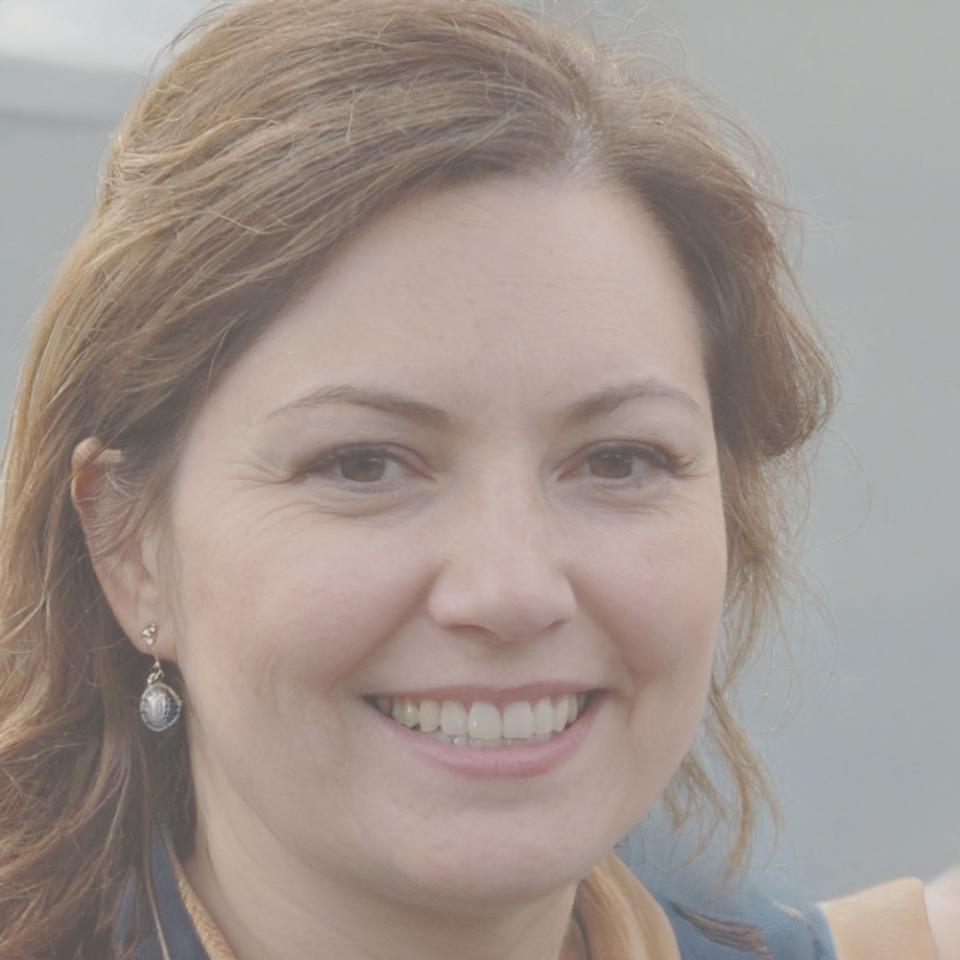Take Control of Your Money Without the Overwhelm
Most people think budget planning means spreadsheets and sacrifice. We teach you how to build a system that actually fits your life—one that tracks itself and adjusts when things change.
Explore Our Programs
How We Actually Teach This Stuff
Budget planning sounds dry until you realize it's just decision-making with numbers. We break down the confusing parts and show you how to use tools that do the heavy lifting.
Practical Scenarios
We walk through real situations—buying a car, planning a trip, handling emergency expenses. You learn by working through actual problems, not theoretical ones.
Systems That Stick
Forget one-size-fits-all templates. You'll build a budget framework that matches how you actually spend money and adapts when your income or priorities shift.
Direct Feedback
Submit your budget plans and get specific suggestions on where to adjust. We point out blind spots and help you fix issues before they become problems.

What You'll Build Over Six Months
Our programs run from October 2025 through March 2026. By the end, you'll have a complete budget system you can actually maintain without constant monitoring.
-
01
Tracking Foundation
Set up automated tracking so you know where money goes without manual entry. Link accounts, categorize transactions, spot patterns.
-
02
Allocation Strategy
Decide how much goes to necessities, savings, and discretionary spending based on your actual income and goals—not generic percentages.
-
03
Buffer Building
Create cushions for irregular expenses like car maintenance or annual fees so they don't wreck your monthly plan.
-
04
Adjustment Protocol
Learn when to modify your budget versus when to stick with it. Life changes—your budget should too, but with intention.

Rhiannon Talbot
Lead Instructor, Budget Systems
I spent years helping people fix budgets that never worked because they were built on unrealistic assumptions. Most budget failures aren't about willpower—they're about bad design.
Now I teach people how to build systems that account for their actual spending patterns, not idealized versions. My approach focuses on what you can sustain long-term, not what looks good on paper.
When I'm not teaching, I'm usually testing new budget tools or reading case studies on behavioral economics. Understanding why people make certain financial decisions helps me teach more effectively.
What I Focus On
- Building automated tracking systems that require minimal maintenance
- Adapting budgets for irregular income or variable expenses
- Creating buffer strategies for unexpected costs
- Recognizing spending patterns and adjusting allocations accordingly
- Balancing immediate needs with long-term financial goals
Step-by-Step Guides
These tutorials walk you through specific tasks so you can implement what you learn immediately.

Setting Up Automated Tracking
Connect your accounts to a tracking tool and set up categories that match how you actually spend money. Takes about 30 minutes once you know what to do.
Read the guide
Creating Buffers for Irregular Expenses
Calculate how much you need to set aside monthly for annual or quarterly costs. This prevents those expenses from feeling like emergencies when they arrive.
Read the guide
Adjusting Allocations Based on Patterns
Review three months of spending data to see where your estimates were off. Then adjust your allocations to match reality instead of fighting against it.
Read the guide
Handling Variable Income
If your income changes month to month, you need a different approach. This guide shows you how to budget based on minimum expected income with adjustment protocols for higher months.
Read the guideJoin Our Next Program Cohort
Applications open for our October 2025 intake. Programs fill up, so if you're interested in starting this year, get in touch soon.
Get Program Details